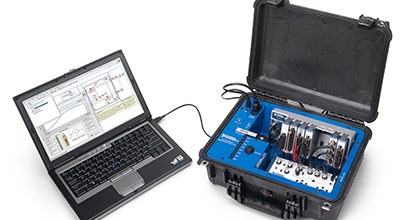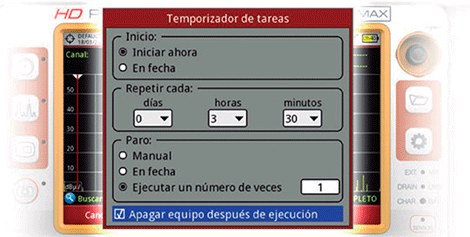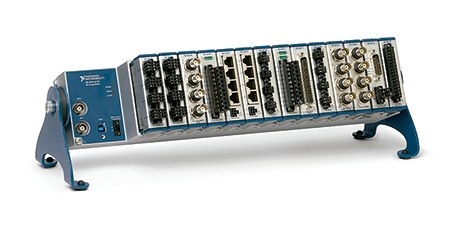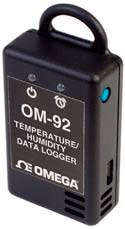We have entered the data age. The amount of data being collected is growing at an explosive rate as companies rely on it to make critical business decisions. Engineers require reliable, accurate, and easy-to-use data acquisition systems to meet this need. However, innovation in the data acquisition market has not been able to keep pace with this insatiable thirst for data. Data acquisition tools must evolve to better address the demands of the growing population of users who need data to inform their design decisions. These tools have lagged behind in two critical aspects: offering simple but flexible software and simplifying measurement system configuration.
Users today are forced to choose between limited configuration software, which helps with basic data recording but cannot be modified to meet application requirements, or their own custom data acquisition applications, which must be programmed from scratch. . Hardware vendors offer software with the essentials for recording data from devices, but refer users to another tool to program a solution when the need arises beyond the capabilities of the software. This is an unnecessary and forced compromise; data acquisition software should evolve to bridge the gap between configuration and customization. System configuration requires various measurements with various wiring schemes and hardware and software configurations to represent a user's actual signal with the highest fidelity. Again, the software needs to improve to make it easier for users to configure the system. Engineering efficiency is suffering from these limitations. In a survey of 3.800 engineers, 27% identified that developing software for their application was the most time-consuming part of their task, while 21% spent the most time dealing with system configuration.
To keep up with the growing need for data, engineers must demand more from data acquisition systems. Innovation in data acquisition software can play a crucial role in addressing these challenges.
software extremes
Engineers use two types of data acquisition software products at opposite ends of a complexity spectrum: fixed-functionality configuration-based measurement software included with a data acquisition device, and custom software applications that encode data acquisition software. users to control their devices. Fixed feature software is good for setting up a quick and easy measurement from a device to make basic settings such as sample rate, trigger a record button, and save raw data to a file. However, custom software applications allow users to program any functionality if they have the knowledge and patience for it.
In the case of programming, engineers can define exactly the measurement or behavior they need. This requires time to program and validate a solution, as well as the knowledge required to build this software from scratch.
Users who want a mostly typical data acquisition application for acquiring and saving data, with some minor modifications, such as a custom parsing algorithm or basic conditional logic, are forced to choose between these two extremes. As their needs grow beyond the software that comes in the box with their hardware devices, they must jump to the other extreme: a fully scripted and custom solution.
There is no reason why data acquisition software cannot evolve to better fill this spectrum. A software solution that offers continuity from configurable measurements to customization through programming would help engineers to be more efficient. A configuration-based experience is extremely useful for the common parts of a data acquisition application, such as configuring the sensors attached to a channel, selecting sample rates, and implementing basic triggers and scaling. A software solution that could preserve this setting and help engineers use that setting as the basis for building custom functionality in an intuitive programming environment would be to remove the strict trade-off between ease of use through configuration and maximum flexibility through programming. .
Time spent configuring the system
Anyone who has created a measurement system knows that configuration takes a long time and if it is incorrect it can introduce errors into a system that can be difficult to debug. Different types of measurements may require different hardware specifications, wiring schematics, and unique software configurations to represent a true signal with the highest fidelity. Today engineers can choose from a wide range of systems including flexible and modular data acquisition hardware that they can adapt and reconfigure to meet changing sampling and I/O needs. Although this is highly beneficial for users faced with challenging and changing system requirements, the flexibility of the system complicates its configuration process.
Think of a device with a single function, such as a handheld device for measuring temperature. By using this device, the risk of error in setting the measurement is low. Because the device has a single use, its hardware and software are built to meet that need, and the possible set of configurations is limited. In contrast, a modular data acquisition system includes a range of I/O options and offers many different combinations of measurements. This flexibility helps to reduce the total cost of the system, since the same set of hardware can be adapted for a range of applications. However, this leads to more possible configuration options that can complicate the installation of the system. Data acquisition software can be better designed to remove this complexity.
Currently, the software that comes with data acquisition devices does a disservice to users in understanding and documenting system connections, such as cables between sensors. There is an excellent opportunity for software to overcome these complexities. Better data acquisition software could reduce the complexity of system configuration with better visualization, recommendations for correct wiring, and better checks for channel configuration.
Wait more
Data acquisition plays a critical role in driving innovation and discovery. Engineers rely heavily on acquiring the right data to base design decisions, and advances in data acquisition software could have a tremendous impact on improving their efficiency. To achieve this, data acquisition software must evolve to bridge the gap between limited configurable software and flexible but expensive to create custom programmatic solutions without increasing the increasing complexity of system configuration. To keep up with the growing demand for data, it's time to order more of the software we use to acquire it.







